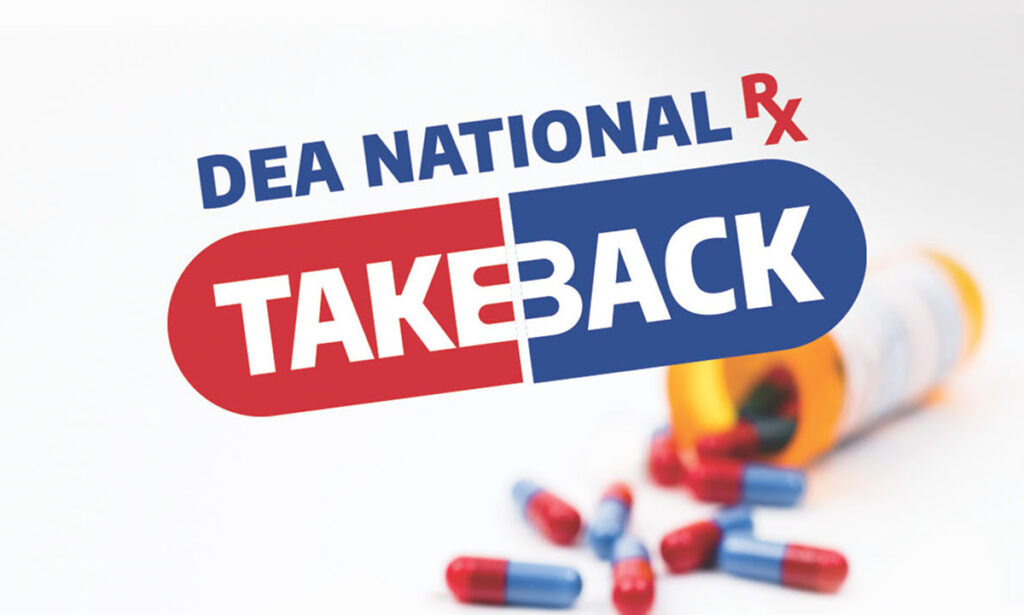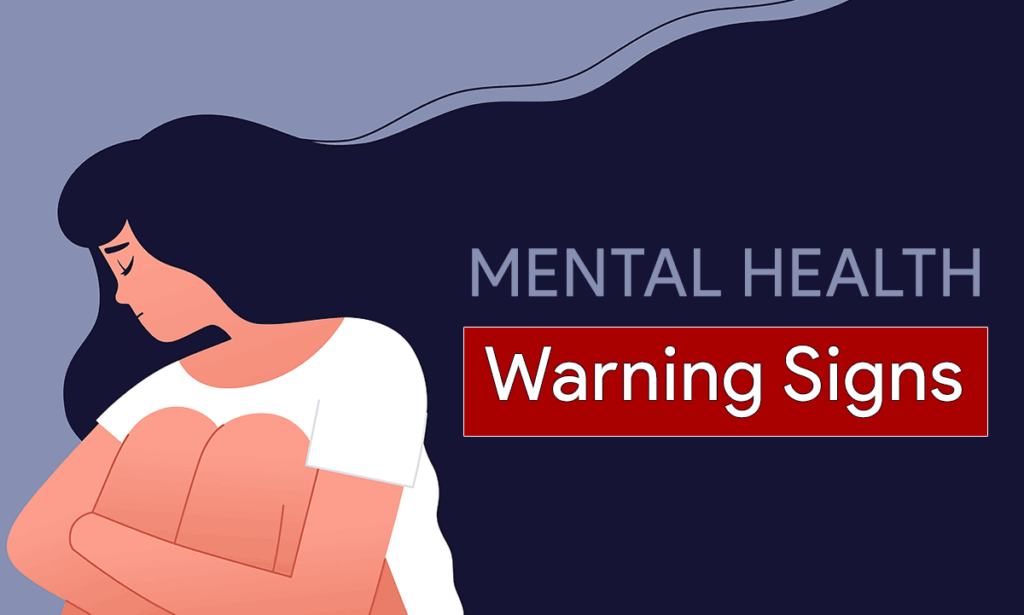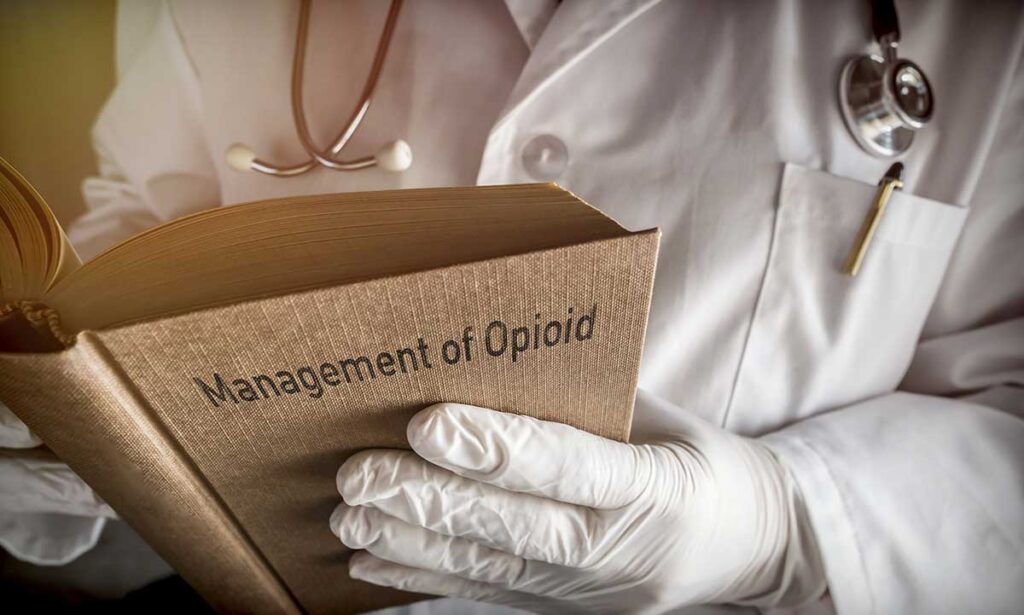Experience a comfortable and successful Suboxone detoxification journey with rapid Suboxone detox. If you’re considering a fast detox off Suboxone or any buprenorphine-based drug, Waismann Method is the best choice. Reach out today for a confidential consultation.
Understanding Suboxone

As useful as Suboxone addiction treatment might seem, the drug contains an opioid, bringing its own dependency risk. Therefore, patients can become dependent on Suboxone without careful administration and monitoring and face potentially long withdrawal effects. Thus, medical providers and patients need to understand the risks and benefits of Suboxone treatment, addiction, and detoxification options.
Dealing with Suboxone Addiction and Detoxification
Suboxone addiction can become a real problem due to its opioid content. Buprenorphine is an opioid agonist that can latch to the opioid receptor sites and prolong the dependence. The drug also contains an antagonist called naloxone. The purpose of naloxone is to block the signals that these same receptors transmit to the nervous system. While this medication might help some people to begin detoxifying, it can also trigger severe withdrawal symptoms at first, including mood swings, nausea, vomiting, insomnia, and respiratory problems.
Suboxone (buprenorphine/naloxone) and Subutex (buprenorphine) were the first drugs used in medication-assisted treatment (MAT) and under the Drug Addiction Treatment Act. As these drugs became more widespread, more and more people abused them or took the pill for recreational purposes. Recreational users often do not ingest the drug orally. Instead, they dissolve it in water and inject it into their bloodstreams. Not only does this further increase the possibility of addiction, but it can easily lead to a deadly overdose.
Recognizing Suboxone Addiction Effects
As with other opioids, it’s essential to identify the effects of Suboxone addiction early on. Those who have become addicted tend to experience:
- Drowsiness
- Mood swings
- Nausea and vomiting
- Dizziness
- Headaches
- Decreased sex drive
- Itchiness
- Dry mouth
- Urinary retention
The potential benefits include reduced risk by not using illicit drugs, increased dosage stability, and sometimes an improved quality of life. However, some risks are associated with Suboxone use, including continuous opioid dependence, depression, lethargy, and constipation. Talking to your doctor about these risks before starting treatment is essential. To better assess the severity and stage of detoxification, clinicians and Suboxone Detox treatment centers often use The Clinical Opiate Withdrawal Scale (COWS).
For the most successful rapid opioid detox treatment call us today!
See how our medically assisted detoxification program combines clinical excellence and a professional, caring environment, so you feel safe and welcome every moment of your stay.1-800-423-2482
Buprenorphine Withdrawal Symptoms
Recognizing the withdrawal effects of Suboxone is the first step in preparing for detox. The severity and duration of symptoms can vary, emphasizing the need for medically supervised detoxification.
With Suboxone, withdrawal typically involves:
- Severe anxiety
- Leg cramps and kicking
- Sweating
- Severe insomnia
- Diarrhea
- Malaise
- Abdominal pain
- Goosebumps
- Dehydration
- Fever
- Suicidal thoughts
Patients report that withdrawal symptoms last between two and five weeks. Moreover, many who became addicted to Suboxone claim that the Suboxone withdrawal symptoms were worse than withdrawal from other opioids. Studies have shown that the first step in most opioid abuse cases should be medically supervised detoxification.
Does Rapid Detox Work for Suboxone?
Indeed, rapid detox for Suboxone is one of the main treatments we offer at Waismann Detox Center. Rapid detox works by flushing out all the opioids from your receptors in a shorter amount of time than traditional treatment options, allowing your body to quickly achieve full detoxification, eliminate physical cravings, and speed up nervous system recovery.
This process can also decrease the severity of withdrawal symptoms that are typical of traditional forms of recovery. When you choose rapid detox for Suboxone at our hospital, you can rest assured that our highly-skilled staff will monitor you throughout the process and provide ongoing support throughout your entire journey toward lasting sobriety.
Supervised Withdrawal under Sedation
Given the severity of Suboxone withdrawal, this step must be conducted in a medical facility under experienced healthcare professionals’ direct supervision. Those who attempt to detox from Suboxone or any opioid drugs are at a higher risk of relapsing when the withdrawal symptoms become unbearable.
In a medical facility, doctors can administer medication and ease the process. NIDA (National Institute on Drug Abuse) mentions naltrexone as a valuable option to treat opioid abuse. The reason is that naloxone blocks the opioid receptors, significantly reducing cravings.
At Waismann Detox Center, we offer the Waismann Method of accelerated Suboxone detox. Our hospital-based treatment minimizes the detrimental symptoms of withdrawal, offering a smoother detox process. Rapid detoxification occurs in a private ICU room; by the time the patient wakes up, the worst effects of a withdrawal should be over. The patient is then carefully monitored for an additional hospital day and discharged to an exclusive recovery center for the next few days.
The Waismann Method: Leading Suboxone Rapid Detox Center
Suboxone withdrawals can seem impossible to get through, as anyone who’s been through it can attest. Not only is cold turkey drug withdrawal miserable, but it’s also hazardous. We commend your decision to seek drug treatment. Please don’t do it in a way that can put you at even higher risk. If you can, seek medical assistance. Research proves that there is no real benefit to suffering the unnecessary pain of withdrawal time and time again. Now you can efficiently overcome opioid withdrawal under medical supervision and in a short time.
Above all, the Waismann Method® of Suboxone rapid detox spares people from the unnecessary pain and humiliation of conventional opiate withdrawal treatment. It also maintains over 24 years of reputation for medical excellence and an unparalleled safety protocol. Additionally, accredited hospitals, single rooms, multi-board certified MDs, and exclusive recovery centers are provided to patients to ensure unprecedented safety, effectiveness, privacy, and comfort.








